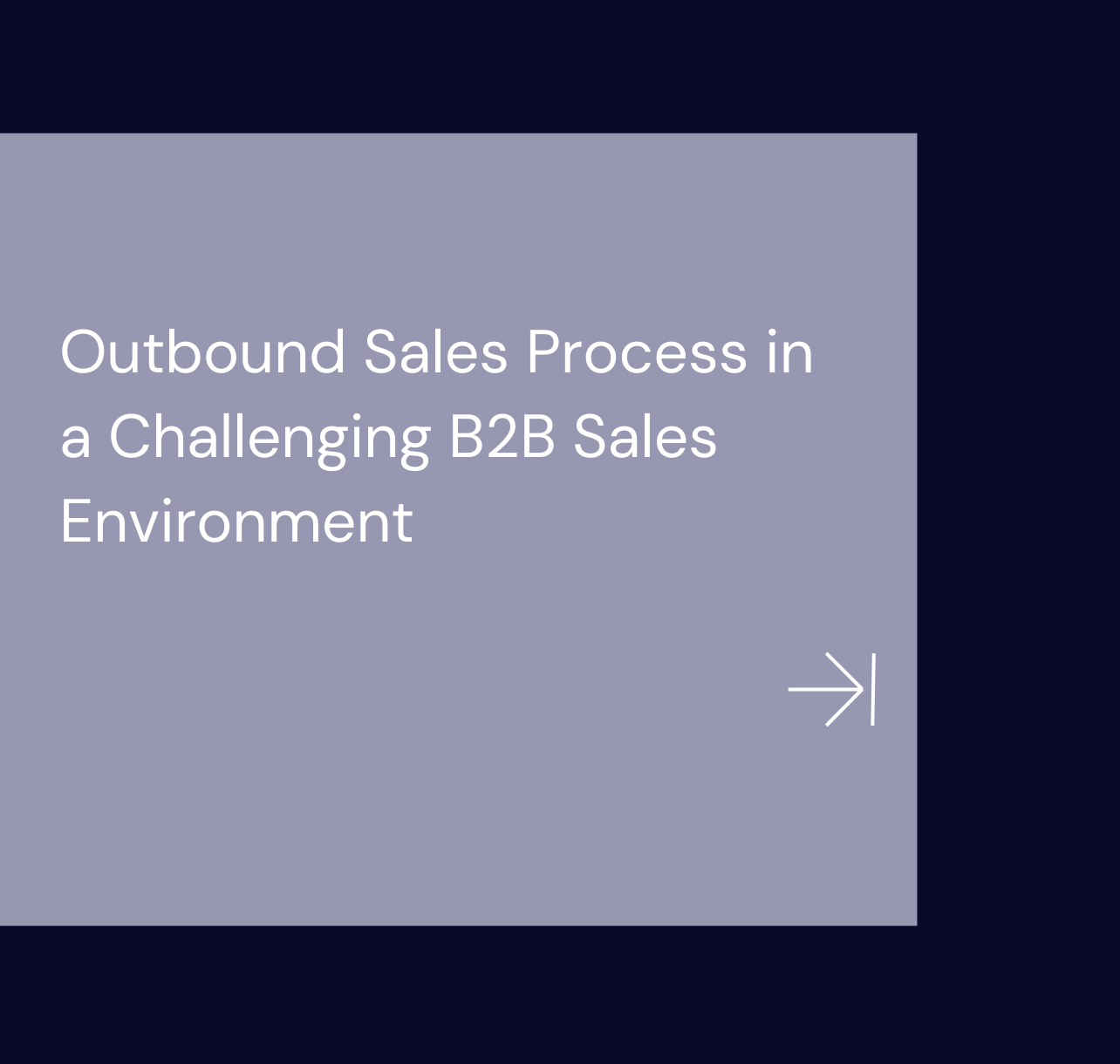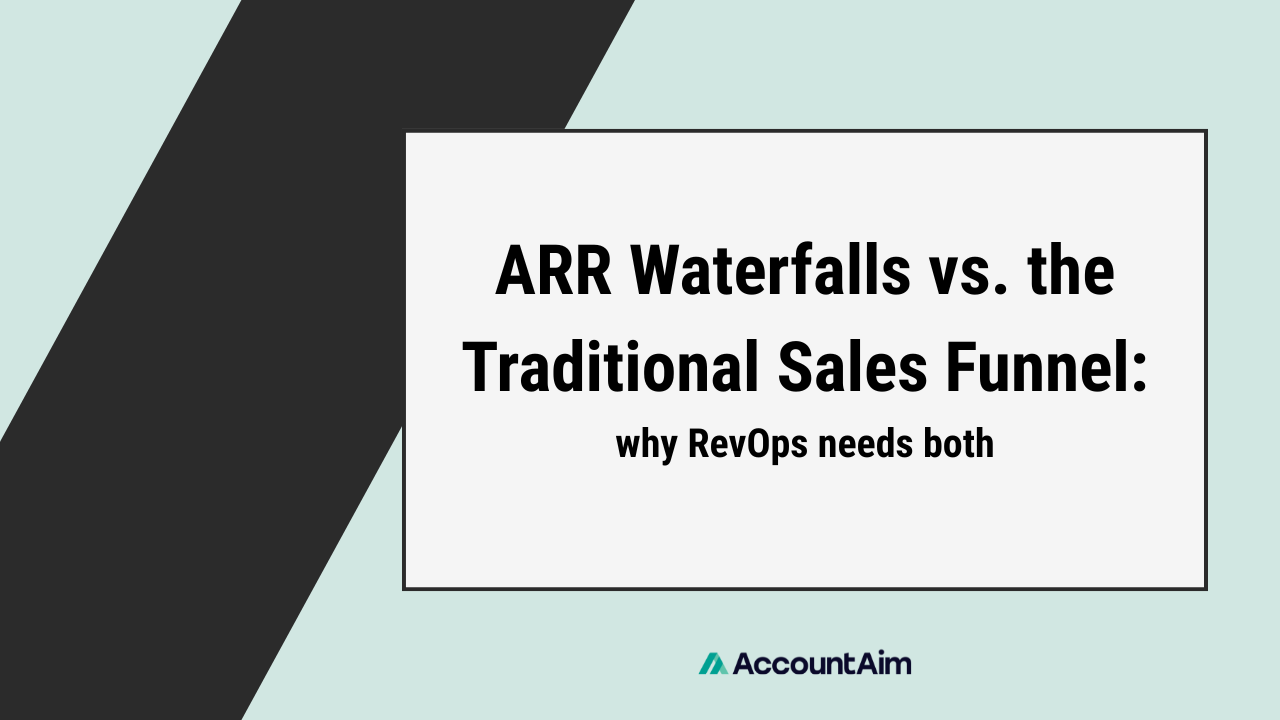There was a time when outbound sales was a numbers game. Big buyer budgets and lax email filters created a headcount productivity equation that kept leads rolling in with each additional sales development representative hired. But those golden days for the outbound sales process are gone for most.
In today’s market, everything has changed. Budgets are tighter, new hires are ramping less quickly, and buyers are tougher than ever. With stronger email spam filters and crowded inboxes, competition for attention has intensified.
Despite these shifts, many sales teams are still playing the old numbers game, hoping AI tools can scale outreach and counting on increased activity to somehow fill their pipelines. But this thinking is reminiscent of the prior regime. More activity, more headcount (even the AI kind) — it doesn’t automatically translate to productivity anymore.
So, What Does Success Look Like Now?
Today’s outbound sales process success comes from focus, credibility, and trust. Here’s what it takes to win:
- Laser focus on your top accounts: Going a mile deep into your most qualified accounts is better than going a mile wide across a swath of less qualified prospects.
- Consistent but thoughtful cadence: With a more narrowly defined market, you need to be sure that your company is staying top of mind with your prospects and showing up when their timing is finally right.
- Value-driven engagement: If you are going to be consistently following up with your top accounts, most interactions should add something useful to the prospect’s journey. Helpful templates, referrals, and thought leadership beat memes and “any thoughts?” bumps.
The results of such an approach are game changing if done well. Yet, implementing this approach comes with its own set of challenges. Many teams lack the infrastructure to consistently drive targeted, effective outreach.
Why Teams Are Struggling to Adapt
Here’s a snapshot of what’s holding many organizations back:
- Data constraints: Fragmented data and tools, as well as CRM reporting limitations, make it challenging to create a data-driven profile of their top accounts, not to mention aligning sales and marketing outreach.
- Black box tooling: Most account scoring software acts as a “black box” to ops teams and reps, whose lack of context results in low trust and usage from reps.
- Rep enablement inconsistencies: Different targeting strategies and multiple sources of prospect data mean no two reps are approaching accounts in the same way, making process definition, implementation, and measurement challenging.
- Poor automation: RevOps stands up compliance dashboards in the CRM, only for reps and managers to ignore them. The infrastructure to drive reps to their ideal action is lacking.
- Nerves: Narrowing the universe of accounts feels scary. Reps and leaders alike fear putting all of their eggs in one basket. They need a clear business case for doing so.
With these obstacles in place, sales leaders struggle to analyze and define a new outbound sales process. Even with a proposed process in place, leaders struggle to gain rep buy-in and drive process adherence, slowly falling back to the old ways of doing things.
Winning in Outbound Sales Today: Tactical Next Steps
To create a successful outbound sales process today, you need a well-defined, data-driven approach. Here’s how to make it happen:
1. Identify and prioritize your top accounts
- Define your ideal customer profile (ICP): Analyze historical data—meetings booked, closed-won rates, average deal sizes, and retention metrics across every attribute possible – industry, vertical, size, key personas, growth, tech stack, and more – to create a universe of your best accounts.
- Identify true signals of interest: Instead of relying on generic recommendations from enrichment providers, analyze which internal and third-party signals actually correlate with intent to buy your product, based on your prior sales processes.
2. Focus your GTM motion on these high-priority accounts
- Set clear engagement standards: Use benchmarks from past performance to define what it takes to book a meeting and close a deal – how many touches across how many personas and channels on average. Drive your reps to hit these benchmarks thoughtfully.
- Account plans for key targets: For your very best accounts, craft personalized account plans that start with a point of view for how your solution can help the prospect and end with planned touch points by persona over a defined time period.
- Daily top accounts lists: Avoid the temptation for reps to give up too early on your top accounts. Serve your reps a daily list of their highest priority accounts based on activity SLAs and any relevant signal info, so they’re always tracking toward your top accounts and engagement standards. Without such a process, accounts slip through the cracks as reps gravitate toward recent engagement or household names.
- Visibility into account penetration: Track adherence to account plans and territory coverage, ensuring each high-priority account is being worked as intended. Build these reviews into manager 1x1s to drive expectations and set a predictable rhythm.
3. Drive your reps to deliver value-driven engagements
- Build trust and brand credibility: Add value with many of your sales touch points to build trust (and a reason for reaching out). You can use a traditional outbound sequence on prospects a couple times per year, but beyond that it feels spammy. Content like best practice templates, thought pieces, or network intros can spark conversation and give reps a reason to reach out.
4. Monitor and iterate regularly
- Assess what’s working: Continuously analyze which ICP segments, content, and outreach strategies bring your top results. Stay agile and make adjustments to your playbook based on performance. This is where automation makes enablement and dynamic adjustments seamless.
5. Invest in data and automation
- Remove friction from your process: Automating account lists, rep next steps, messaging, data collection/governance, and manager reviews will align your team and drive expectations and habits amongst reps, which ultimately leads to success and GTM system adaptability.
- Prepare your data: Most automations fail without sound data practices. Create a system for collecting, governing, transforming, and actioning all of your key GTM data.
With a data-driven approach to your new outbound sales process, the nerves of narrowing your focus should (mostly) disappear. Taking the learnings from your historical data, doubling down on your top accounts and playbooks, and driving a well-defined, measurable, and frictionless process will get you to the outbound predictability you need.
Coming up, we’ll tackle each of these components in more granular detail.








